Easter Island travel tips
Easter Island travel tips: A remote Polynesian gem, is renowned for colossal stone Moai statues, rich cultural history, and breathtaking landscapes.
Divisions 🌎
Easter Island travel tips. Here is a list of all the divisions of the Easter Island.
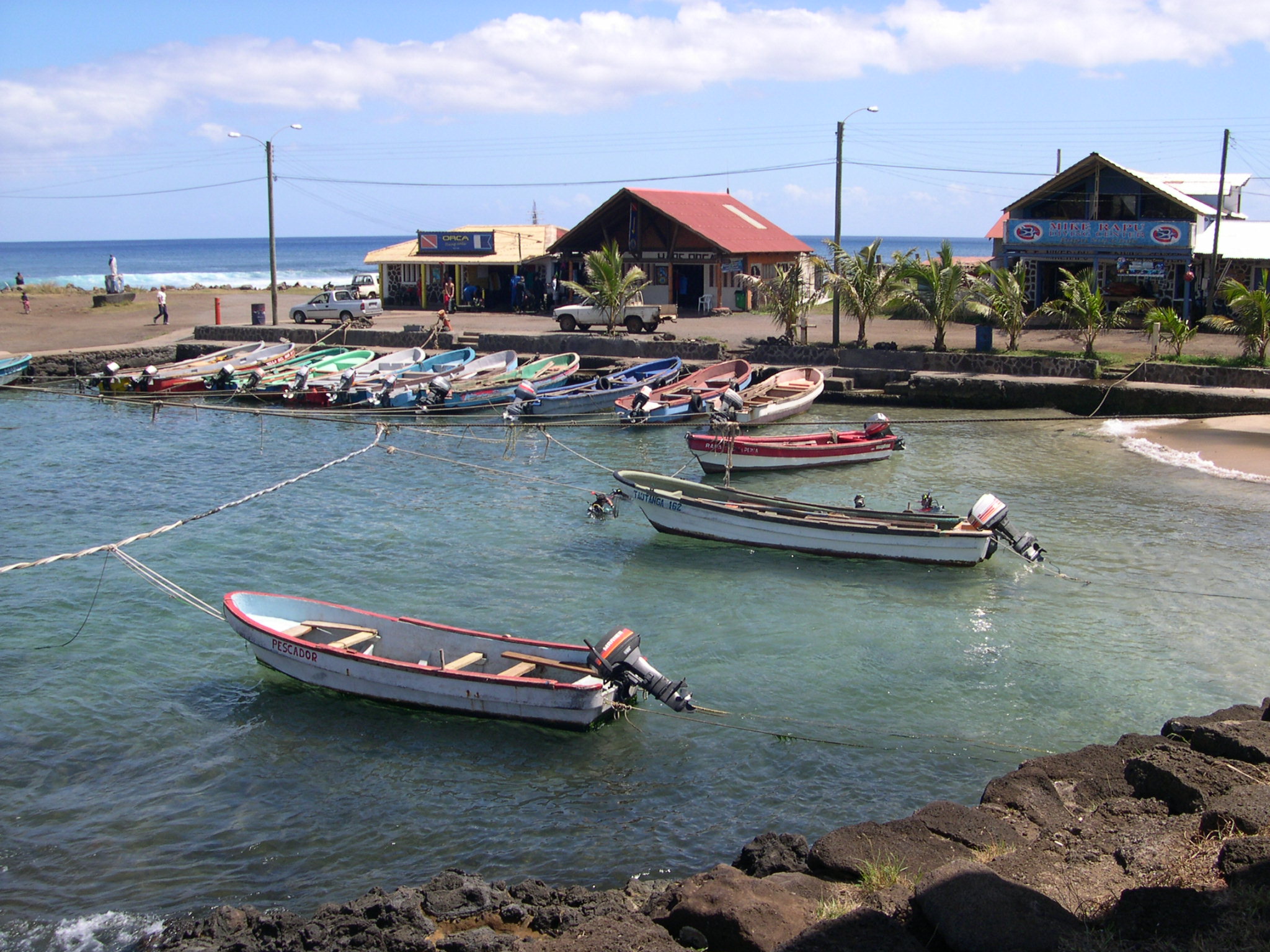
Hanga Roa
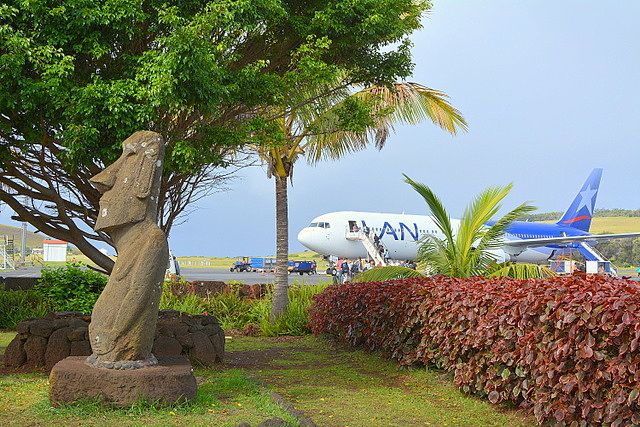
Mataveri
Before you go 🛩
Important information you should know before your trip
Info
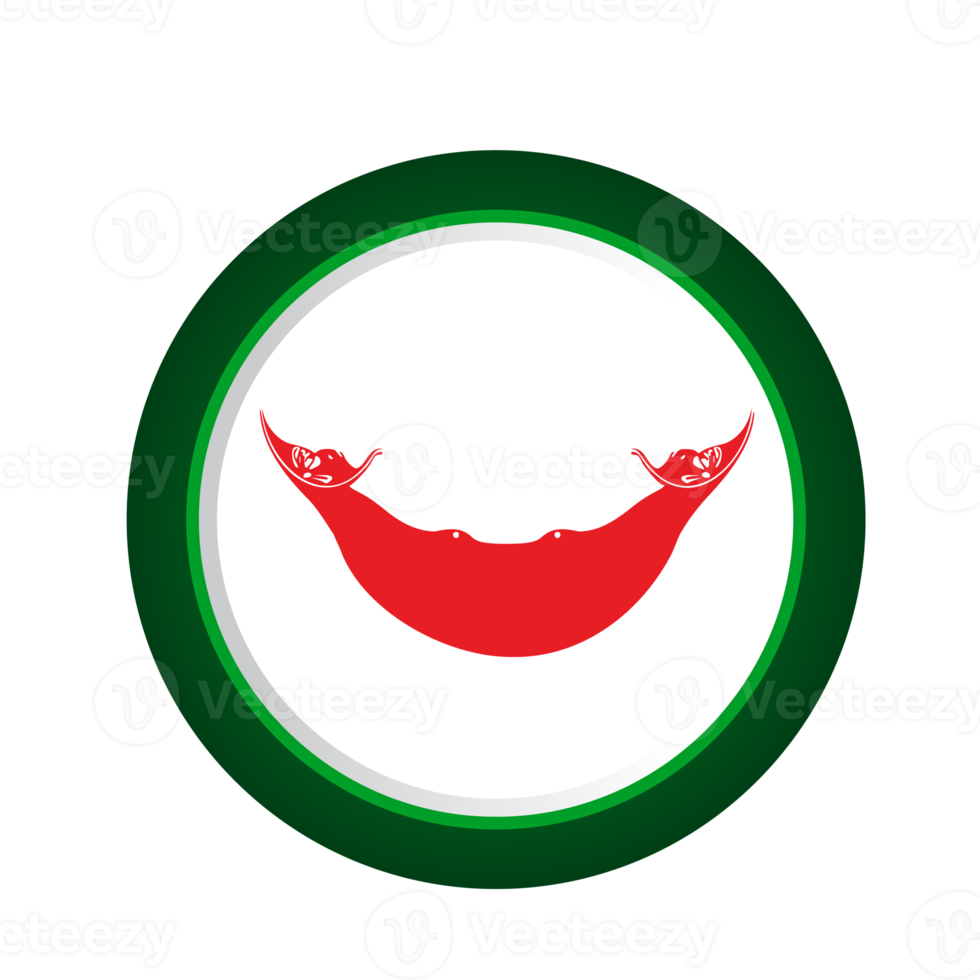
Capital | Hanga Roa
Flag Codes:
ISO alpha-2 CL,
ISO alpha-3 CHL
Currency
Badge | Chilean Peso
CODE | CLP
NUMBER | 152
SYMBOL | $
FRACTION | penny
Mobile Coverage
Dialing Code | +
SIM Card
Coverage | 3G / 4G / 5G |
Mobile Networks |
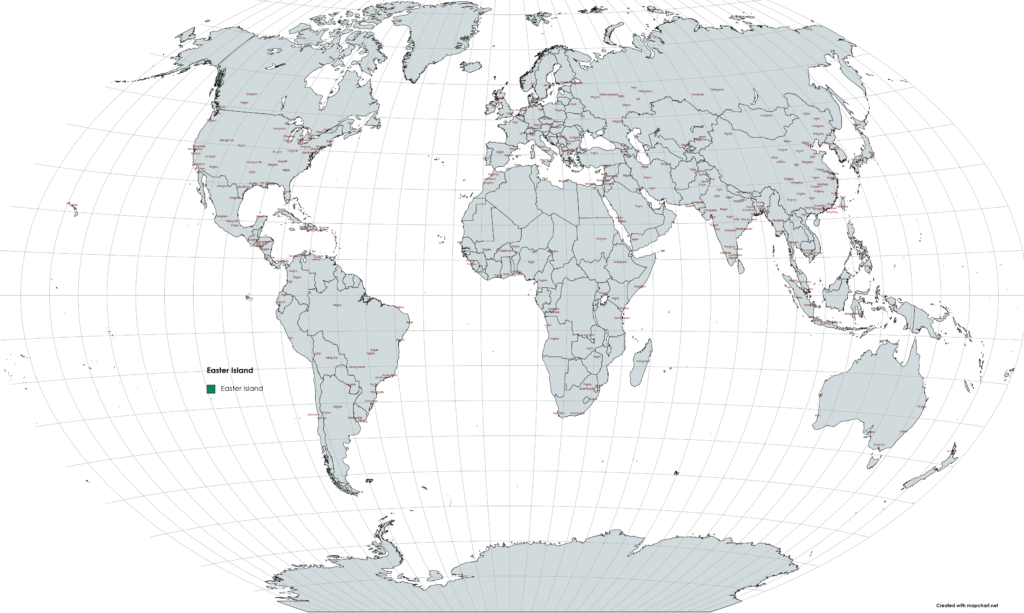
Location
Isla de Pascua, also known as Easter Island, is a remote island located in the southeastern Pacific Ocean. It is part of Chilean territory and is situated approximately 3,700 kilometers (2,300 miles) west of mainland Chile. The island is located at a latitude of about 27 degrees south and a longitude of about 109 degrees west.
Despite its remote location, Isla de Pascua is considered one of the most isolated inhabited islands in the world. It is located closer to the Pitcairn Islands (approximately 2,075 kilometers or 1,289 miles to the west) and the Gambier Islands of French Polynesia (approximately 2,606 kilometers or 1,619 miles to the northeast) than to mainland Chile.
The island is relatively small, covering an area of about 163.6 square kilometers (63.2 square miles), and is characterized by its unique landscapes and iconic moai statues. The town of Hanga Roa serves as the main settlement and hub of activity on the island.
Currency
The currency used on Isla de Pascua, also known as Easter Island, is the Chilean Peso (CLP).
As Easter Island is a territory of Chile, the Chilean Peso is the official currency and the only accepted form of legal tender on the island.
When visiting Easter Island, it is recommended to carry Chilean Pesos in cash for most transactions, as credit card acceptance may be limited in some establishments.
You can exchange foreign currency for Chilean Pesos at the airport or in banks on the island. It’s a good idea to have some cash on hand, especially for smaller purchases, local markets, and restaurants that may not accept credit cards.
Languages
The primary language spoken on Isla de Pascua (Easter Island) is Spanish. As Easter Island is a territory of Chile, Spanish is the official language of the island. Most of the local residents, including those working in tourism, speak Spanish.
However, it’s important to note that the Rapa Nui people, the indigenous Polynesian inhabitants of Easter Island, have their own language called Rapa Nui. Rapa Nui is also spoken on the island, particularly within the Rapa Nui community. Some Rapa Nui people may have a limited proficiency in Spanish or may primarily speak Rapa Nui.
When visiting Easter Island, it can be helpful to have some basic knowledge of Spanish, as it will greatly facilitate communication with locals and enhance your overall experience on the island. However, many people working in the tourism industry are accustomed to interacting with visitors who speak English, so English can also be used in certain tourist-oriented establishments.
Climate 🌡
The climate of Isla de Pascua, also known as Easter Island, is considered to be a tropical rainforest climate (Köppen climate classification Af). The island experiences relatively mild temperatures throughout the year with high humidity levels.
The island has a consistent temperature range with minimal seasonal variation. The average high temperatures range from around 25 to 28 degrees Celsius (77 to 82 degrees Fahrenheit) throughout the year, while the average low temperatures range from around 18 to 21 degrees Celsius (64 to 70 degrees Fahrenheit).
Precipitation is fairly evenly distributed throughout the year, with rainfall occurring in the form of brief showers or heavy downpours. The wettest months tend to be from April to June, with some rainfall extending into the winter months from July to September. The drier months are generally from December to March, although some rainfall can still occur during this period.
Due to its location in the southeastern Pacific Ocean, Isla de Pascua is subject to the influence of trade winds, which can bring cool breezes and occasional gusts. It’s worth noting that the island can experience strong winds at times, particularly during the southern hemisphere’s winter months.
Easter Island travel tips
If you’re planning a trip to Easter Island, here are some travel tips to enhance your experience:
Moai Sites:
Explore iconic Moai statues at Rapa Nui National Park.
Climate Awareness:
Pack for mild temperatures, with rain likely; dress in layers.
Hiking Gear:
Pack sturdy shoes for exploring volcanic craters and trails.
Travel Insurance:
Secure comprehensive coverage for medical emergencies and trip cancellations.
Transportation:
Rent a car, hire a local guide, or use bicycles to explore. View Guide.
Preservation Efforts:
Contribute to conservation by supporting eco-friendly initiatives.
Respect Sacred Sites:
Follow guidelines to preserve the integrity of archaeological sites.
Enjoy your time in Easter Island!

The best of the best
The cuisine of Isla de Pascua, also known as Easter Island, is influenced by the Polynesian heritage of the Rapa Nui people, as well as the availability of local ingredients.
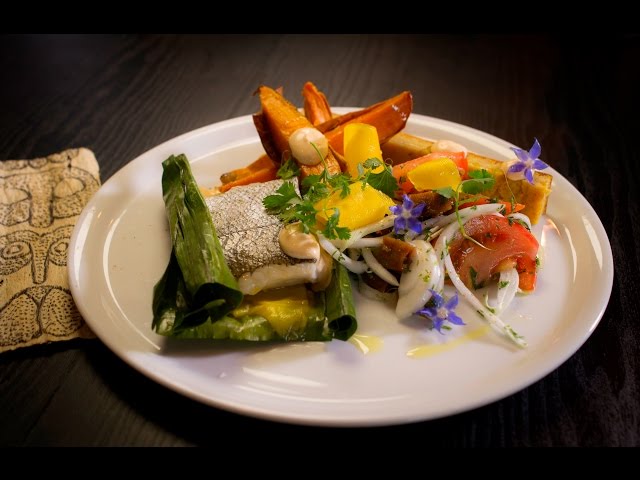
Umu Rapa Nui
Umu Rapa Nui, also known as curanto, is a traditional cooking method used on Easter Island.

Mahi-mahi
Another popular fish found in the waters surrounding Easter Island is mahi-mahi.

Tuna
Tuna, particularly yellowfin tuna, is commonly found in the waters around Easter Island.
Here are some typical foods you may encounter on the island:
Sweet Potato: Sweet potatoes, known as kumara or uhi, are a common ingredient in Rapa Nui cuisine. They are used in various dishes, such as stews, soups, and roasted preparations.
Banana and Coconut: Bananas and coconuts are plentiful on the island and feature prominently in desserts and snacks. They are used in dishes like banana bread, coconut milk-based sauces, and coconut desserts.
Po’e: Po’e is a traditional Polynesian dessert made from mashed sweet potatoes, bananas, and coconut cream. It is baked and served chilled, often with a sprinkle of cinnamon or nutmeg.
Taro: Taro, a root vegetable, is commonly used in Rapa Nui cuisine. It can be boiled, roasted, or mashed, and it is often served as a side dish or used in stews.
Fresh Fruit: On Easter Island, you can find a variety of tropical fruits, including papaya, pineapple, mango, and passion fruit. These fruits are often enjoyed fresh or used in salads and desserts.
When visiting Easter Island, you may have the opportunity to try these local dishes at restaurants, traditional events, or through dining experiences that showcase Rapa Nui cuisine. It’s a wonderful way to experience the island’s unique flavors and cultural heritage.
Transportation 🚥
More information about this country
Choose your destination 📍🗺
Useful Links ✅



